
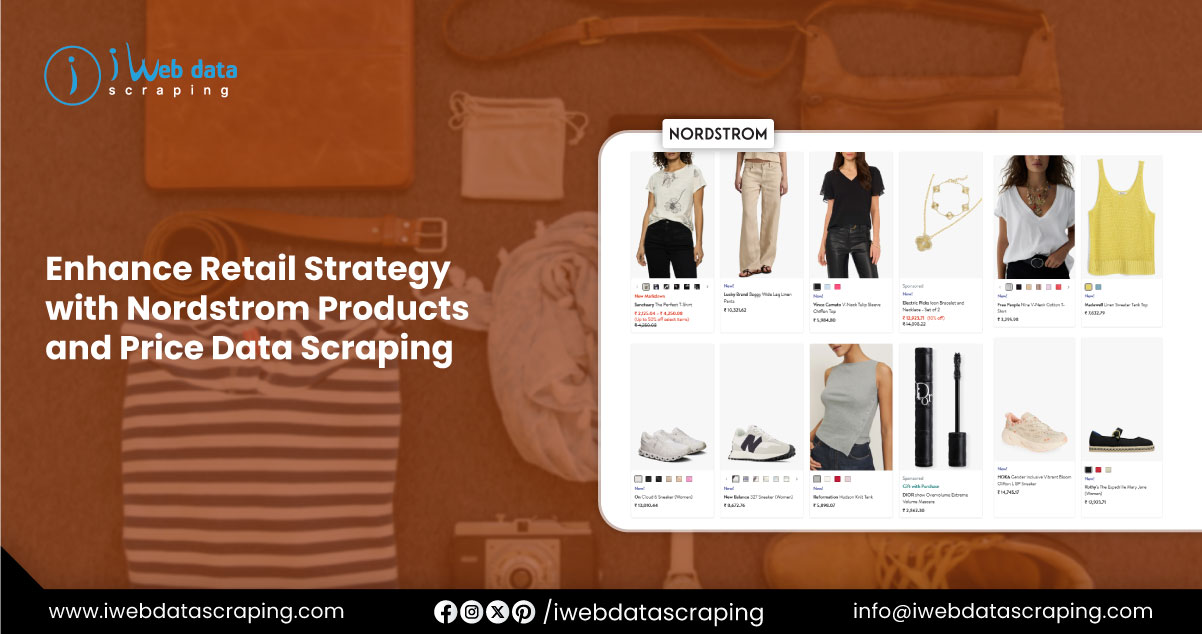
Nordstrom, a premier American luxury department store chain founded in 1901, has established itself as a leader in retail with a robust online presence. Its e-commerce platform offers an extensive catalog of products, including apparel, footwear, accessories, beauty products, and home goods. Nordstrom Product and Price Data Scraping enables businesses, researchers, and analysts to gain actionable insights into market dynamics, consumer preferences, and competitive strategies. By leveraging techniques to Scrape Nordstrom Products Data , stakeholders can monitor pricing trends, analyze product availability, and benchmark against competitors. This report provides an in-depth examination of a Nordstrom Product Data Extraction Services , their significance, practical applications, and ethical considerations—supported by detailed methodologies and data tables that highlight real-time opportunities in today’s fast-moving retail environment.
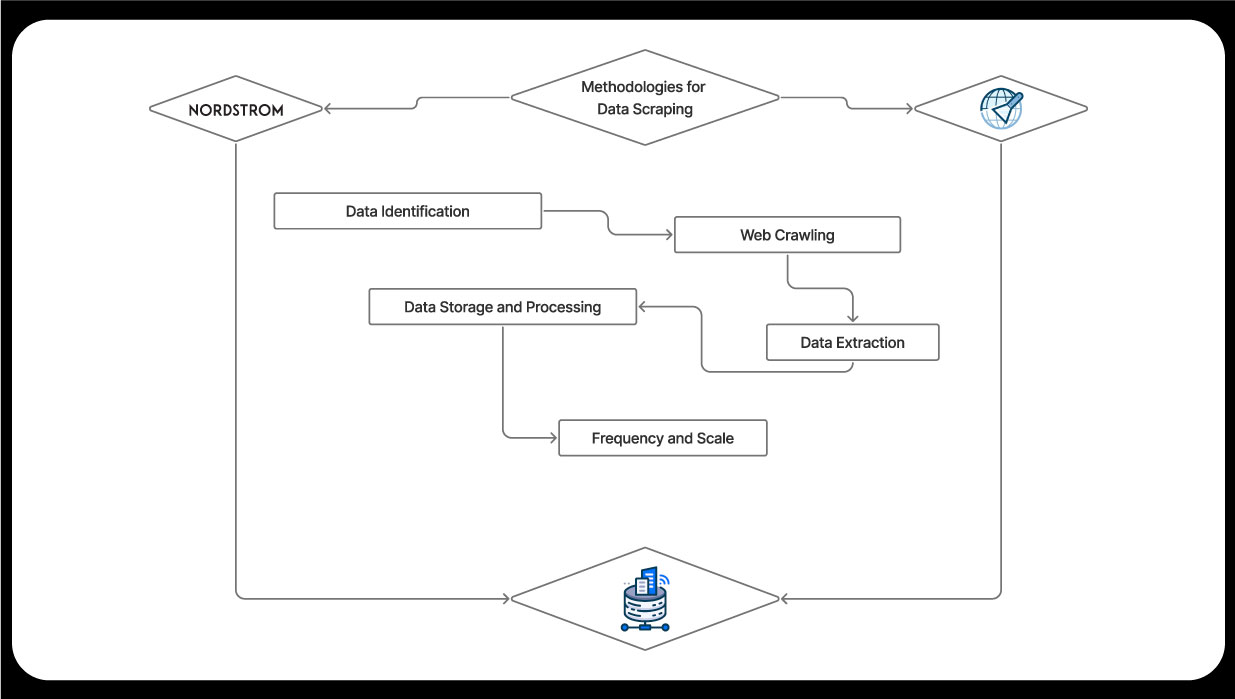
Effective scraping of Nordstrom’s product and price data requires structured methodologies to ensure accuracy, efficiency, and compliance. Below are the key approaches used in the process.
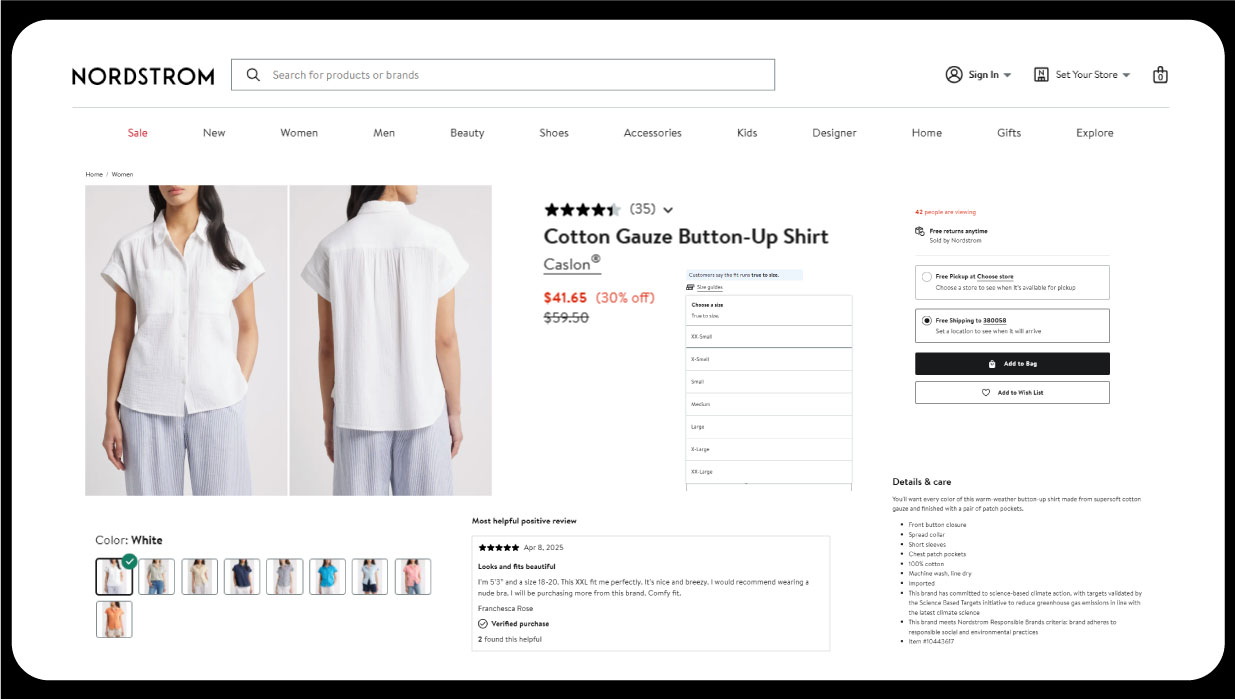
Product and price data scraping involves systematically extracting structured information from Nordstrom’s website, such as product names, descriptions, categories, prices, discounts, stock availability, and customer reviews. This data is critical for understanding Nordstrom’s market positioning and operational strategies. Nordstrom Data Scraping Services allow businesses to unlock this valuable information efficiently.
The data extracted typically includes:
Nordstrom’s online store features a vast and varied catalog, offering more than 150,000 unique products across various categories. From luxury fashion and designer footwear to beauty essentials and home goods, Nordstrom caters to premium and mainstream audiences. The platform partners with a mix of high-end and accessible brands, making it a valuable resource for businesses seeking consumer and retail insights. By leveraging Ecommerce Data Scraping Services , organizations can collect structured data from Nordstrom’s listings, enabling them to monitor product availability, pricing, and brand positioning across categories. Additionally, eCommerce Data Intelligence Services allow companies to analyze this data to detect emerging trends, identify popular products, and understand shifting consumer preferences. The table below summarizes Nordstrom’s key product categories, estimated product counts, and notable brands, highlighting its broad market appeal and strategic assortment
| Product Category | Approximate Item Count | Key Brands | Target Demographic |
|---|---|---|---|
| Women’s Clothing | 50,000+ | Free People, Madewell, Reformation | Women, 18–65 |
| Men’s Clothing | 30,000+ | Bonobos, Nike, Patagonia | Men, 18–60 |
| Shoes | 25,000+ | Adidas, Cole Haan, UGG | Men, Women, Children |
| Accessories | 20,000+ | Kate Spade, Ray-Ban, Tory Burch | Men, Women, 18–70 |
| Beauty | 15,000+ | Chanel, Estée Lauder, MAC | Women, Men, 16–70 |
| Home Goods | 10,000+ | Barefoot Dreams, Nordstrom | Homeowners, 25–70 |
Table 1: Nordstrom Product Categories, Item Counts, and Demographics
Nordstrom’s catalog is segmented into luxury, premium, and mainstream products. Luxury items, such as designer handbags and high-end cosmetics, constitute approximately 20% of the catalog, while premium and mainstream products dominate the apparel and accessories segments. The retailer also offers exclusive private-label brands, such as Nordstrom Made, which account for roughly 10% of total inventory.
Nordstrom employs a dynamic pricing model, balancing competitive pricing with premium positioning. Prices vary significantly by product category, brand, and promotional events. The table below summarizes typical price ranges, average discounts during sales, and price volatility for key categories.
| Product Category | Price Range (USD) | Average Discount (% during sales) | Price Volatility |
|---|---|---|---|
| Women’s Clothing | $20–$1,500 | 20–50% | High |
| Men’s Clothing | $25–$1,200 | 15–40% | Moderate |
| Shoes | $30–$800 | 10–35% | Moderate |
| Accessories | $15–$2,000 | 10–30% | Low |
| Beauty | $10–$300 | 5–20% | Low |
| Home Goods | $20–$500 | 15–25% | Moderate |
Table 2: Nordstrom Price Ranges, Discounts, and Volatility
Nordstrom’s pricing data reveals distinct promotional cycles:
Price volatility is highest in apparel due to frequent markdowns and seasonal collections. Luxury accessories and beauty products, however, maintain stable pricing, with discounts rarely exceeding 20%. Scraping price data over time enables analysts to model these patterns and forecast future pricing trends.
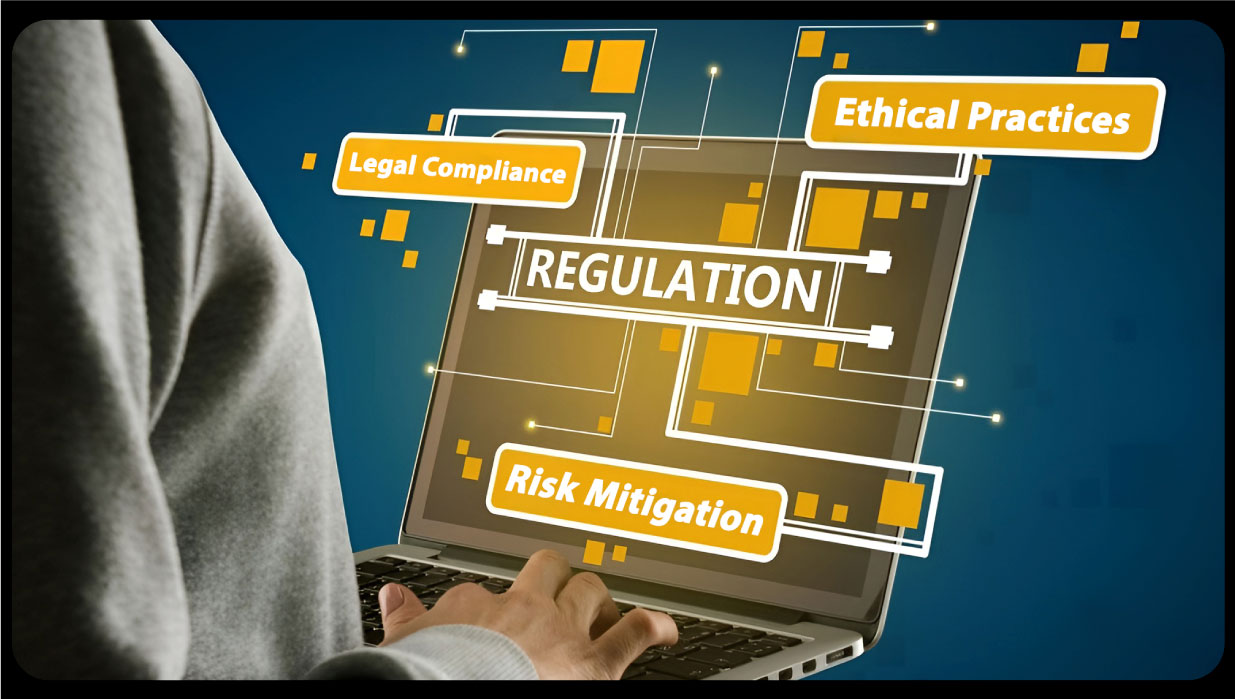
Scraping Nordstrom’s website raises important ethical and legal issues. Nordstrom’s terms of service explicitly prohibit unauthorized data extraction, and non-compliance can result in IP blocking, legal action, or reputational damage.
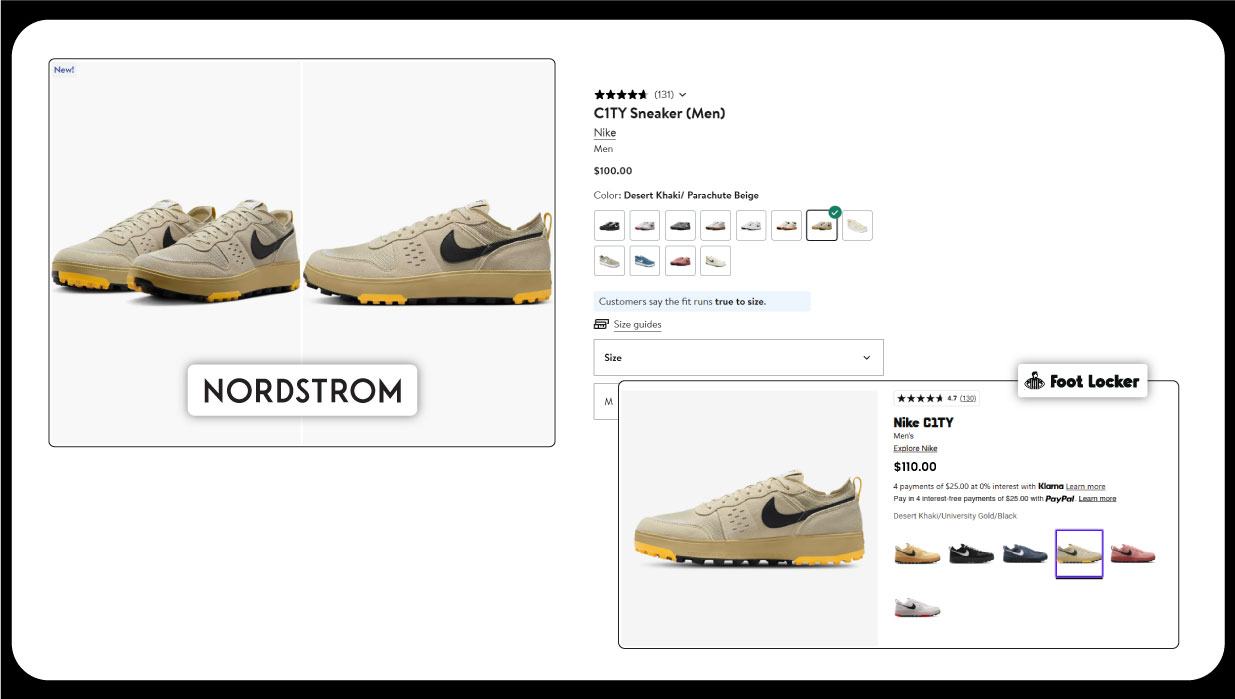
A mid-tier apparel retailer scraped Nordstrom’s women’s clothing data during the 2024 Anniversary Sale. By analyzing price points and discounts, the retailer adjusted its pricing to offer 5–10% lower prices on comparable items, resulting in a 15% increase in sales volume.
A market research firm scraped Nordstrom’s shoe category data over six months, identifying a 30% increase in demand for sustainable footwear brands. This insight prompted a client to launch a new eco-friendly shoe line, capturing early market share.
Nordstrom product and price data scraping is a powerful tool for unlocking insights into retail dynamics, consumer behavior, and competitive strategies. The retailer’s diverse product catalog, dynamic pricing, and promotional cycles offer a rich ecommerce dataset for analysis. Methodologies such as using an E-commerce Website Scraper , HTML parsing, and API analysis ensure accurate and efficient data extraction. Responsible eCommerce Data Scraping practices involve respecting legal and ethical standards while ensuring data quality. The provided tables summarize Nordstrom’s product landscape and pricing trends, serving as a foundation for deeper research. With the right tools and methodologies, businesses and researchers can extract meaningful insights that support product development, pricing strategies, and market forecasting. By leveraging scraped data thoughtfully, stakeholders can drive informed decision-making and stay ahead in the competitive retail landscape, particularly in the fast-paced world of online luxury and department store commerce.
Experience top-notch web scraping service and mobile app scraping solutions with iWeb Data Scraping. Our skilled team excels in extracting various data sets, including retail store locations and beyond. Connect with us today to learn how our customized services can address your unique project needs, delivering the highest efficiency and dependability for all your data requirements.
We start by signing a Non-Disclosure Agreement (NDA) to protect your ideas.
Our team will analyze your needs to understand what you want.
You'll get a clear and detailed project outline showing how we'll work together.
We'll take care of the project, allowing you to focus on growing your business.